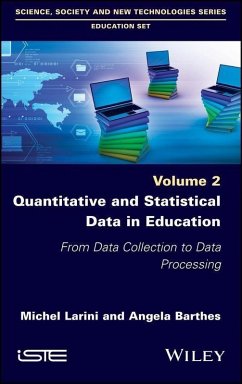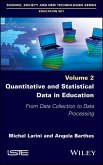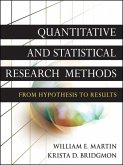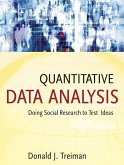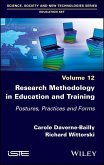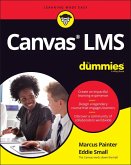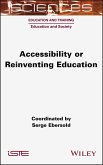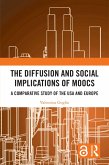This book presents different data collection and representation techniques: elementary descriptive statistics, confirmatory statistics, multivariate approaches and statistical modeling. It exposes the possibility of giving more robustness to the classical methodologies of education sciences by adding a quantitative approach. The fundamentals of each approach and the reasons behind them are methodically analyzed, and both simple and advanced examples are given to demonstrate how to use them. Subsequently, this book can be used both as a course for the uninitiated and as an accompaniment for researchers who are already familiar with these concepts.
Dieser Download kann aus rechtlichen Gründen nur mit Rechnungsadresse in A, B, BG, CY, CZ, D, DK, EW, E, FIN, F, GR, HR, H, IRL, I, LT, L, LR, M, NL, PL, P, R, S, SLO, SK ausgeliefert werden.

